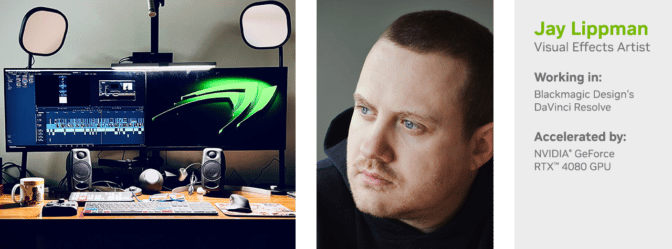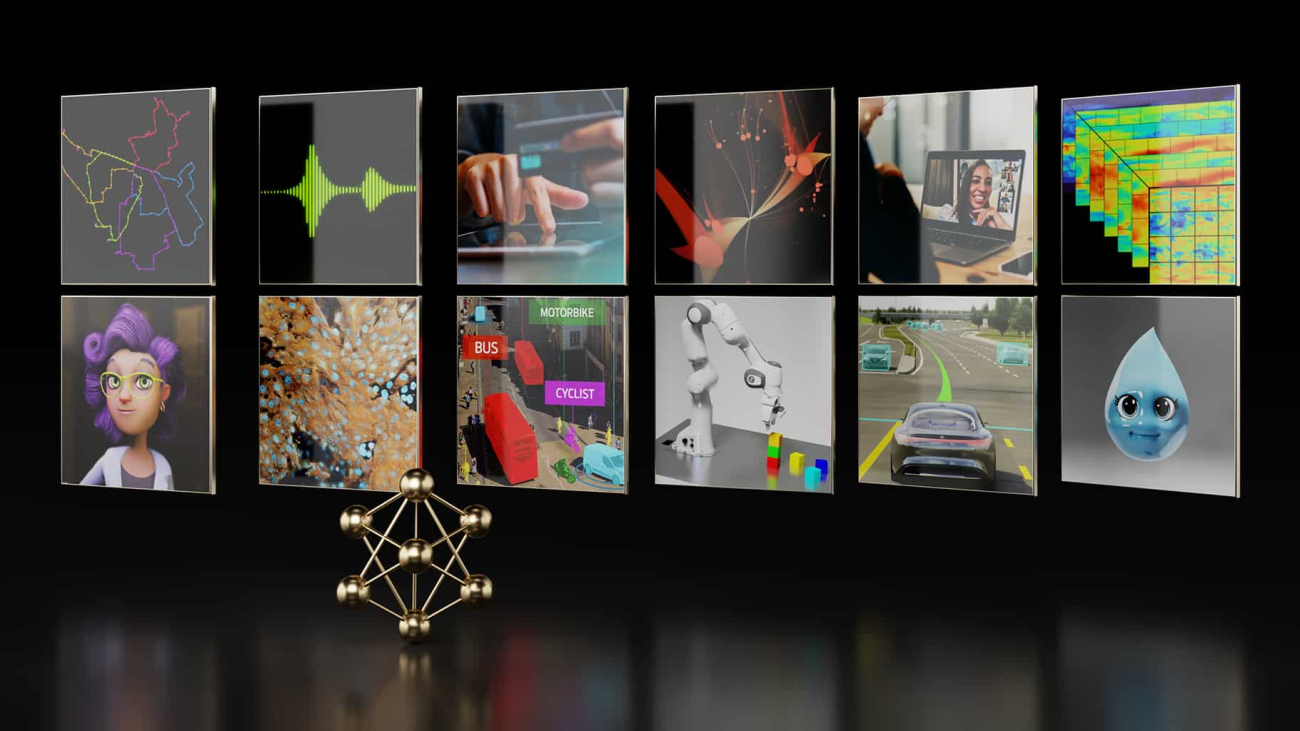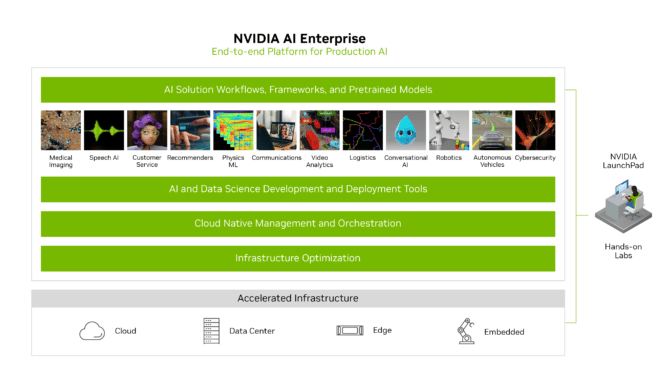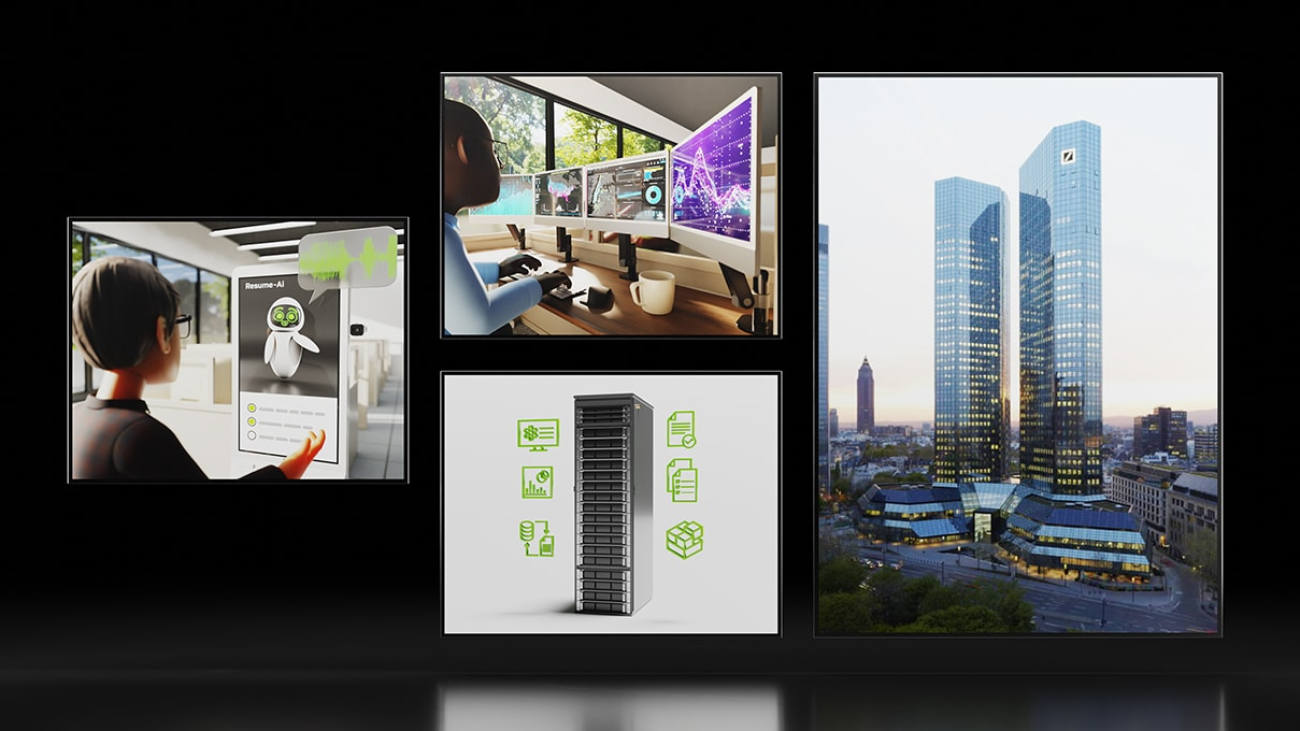Posted by Malaya Jules, Program Manager, Google 
This week, the premier conference on Empirical Methods in Natural Language Processing (EMNLP 2022) is being held in Abu Dhabi, United Arab Emirates. We are proud to be a Diamond Sponsor of EMNLP 2022, with Google researchers contributing at all levels. This year we are presenting over 50 papers and are actively involved in 10 different workshops and tutorials.
If you’re registered for EMNLP 2022, we hope you’ll visit the Google booth to learn more about the exciting work across various topics, including language interactions, causal inference, question answering and more. Take a look below to learn more about the Google research being presented at EMNLP 2022 (Google affiliations in bold).
Committees
Organizing Committee includes: Eunsol Choi, Imed Zitouni
Senior Program Committee includes: Don Metzler, Eunsol Choi, Bernd Bohnet, Slav Petrov, Kenthon Lee
Papers
Transforming Sequence Tagging Into A Seq2Seq Task
Karthik Raman, Iftekhar Naim, Jiecao Chen, Kazuma Hashimoto, Kiran Yalasangi, Krishna Srinivasan
On the Limitations of Reference-Free Evaluations of Generated Text
Daniel Deutsch, Rotem Dror, Dan Roth
Chunk-based Nearest Neighbor Machine Translation
Pedro Henrique Martins, Zita Marinho, André F. T. Martins
Evaluating the Impact of Model Scale for Compositional Generalization in Semantic Parsing
Linlu Qiu*, Peter Shaw, Panupong Pasupat, Tianze Shi, Jonathan Herzig, Emily Pitler, Fei Sha, Kristina Toutanova
MasakhaNER 2.0: Africa-centric Transfer Learning for Named Entity Recognition
David Ifeoluwa Adelani, Graham Neubig, Sebastian Ruder, Shruti Rijhwani, Michael Beukman, Chester Palen-Michel, Constantine Lignos, Jesujoba O. Alabi, Shamsuddeen H. Muhammad, Peter Nabende, Cheikh M. Bamba Dione, Andiswa Bukula, Rooweither Mabuya, Bonaventure F. P. Dossou, Blessing Sibanda, Happy Buzaaba, Jonathan Mukiibi, Godson Kalipe, Derguene Mbaye, Amelia Taylor, Fatoumata Kabore, Chris Chinenye Emezue, Anuoluwapo Aremu, Perez Ogayo, Catherine Gitau, Edwin Munkoh-Buabeng, Victoire M. Koagne, Allahsera Auguste Tapo, Tebogo Macucwa, Vukosi Marivate, Elvis Mboning, Tajuddeen Gwadabe, Tosin Adewumi, Orevaoghene Ahia, Joyce Nakatumba-Nabende, Neo L. Mokono, Ignatius Ezeani, Chiamaka Chukwuneke, Mofetoluwa Adeyemi, Gilles Q. Hacheme, Idris Abdulmumin, Odunayo Ogundepo, Oreen Yousuf, Tatiana Moteu Ngoli, Dietrich Klakow
T-STAR: Truthful Style Transfer using AMR Graph as Intermediate Representation
Anubhav Jangra, Preksha Nema, Aravindan Raghuveer
Exploring Document-Level Literary Machine Translation with Parallel Paragraphs from World Literature
Katherine Thai, Marzena Karpinska, Kalpesh Krishna, Bill Ray, Moira Inghilleri, John Wieting, Mohit Iyyer
ASQA: Factoid Questions Meet Long-Form Answers
Ivan Stelmakh*, Yi Luan, Bhuwan Dhingra, Ming-Wei Chang
Efficient Nearest Neighbor Search for Cross-Encoder Models using Matrix Factorization
Nishant Yadav, Nicholas Monath, Rico Angell, Manzil Zaheer, Andrew McCallum
CPL: Counterfactual Prompt Learning for Vision and Language Models
Xuehai He, Diji Yang, Weixi Feng, Tsu-Jui Fu, Arjun Akula, Varun Jampani, Pradyumna Narayana, Sugato Basu, William Yang Wang, Xin Eric Wang
Correcting Diverse Factual Errors in Abstractive Summarization via Post-Editing and Language Model Infilling
Vidhisha Balachandran, Hannaneh Hajishirzi, William Cohen, Yulia Tsvetkov
Dungeons and Dragons as a Dialog Challenge for Artificial Intelligence
Chris Callison-Burch, Gaurav Singh Tomar, Lara J Martin, Daphne Ippolito, Suma Bailis, David Reitter
Exploring Dual Encoder Architectures for Question Answering
Zhe Dong, Jianmo Ni, Daniel M. Bikel, Enrique Alfonseca, Yuan Wang, Chen Qu, Imed Zitouni
RED-ACE: Robust Error Detection for ASR using Confidence Embeddings
Zorik Gekhman, Dina Zverinski, Jonathan Mallinson, Genady Beryozkin
Improving Passage Retrieval with Zero-Shot Question Generation
Devendra Sachan, Mike Lewis, Mandar Joshi, Armen Aghajanyan, Wen-tau Yih, Joelle Pineau, Luke Zettlemoyer
MuRAG: Multimodal Retrieval-Augmented Generator for Open Question Answering over Images and Text
Wenhu Chen, Hexiang Hu, Xi Chen, Pat Verga, William Cohen
Decoding a Neural Retriever’s Latent Space for Query Suggestion
Leonard Adolphs, Michelle Chen Huebscher, Christian Buck, Sertan Girgin, Olivier Bachem, Massimiliano Ciaramita, Thomas Hofmann
Hyper-X: A Unified Hypernetwork for Multi-Task Multilingual Transfer
Ahmet Üstün, Arianna Bisazza, Gosse Bouma, Gertjan van Noord, Sebastian Ruder
Offer a Different Perspective: Modeling the Belief Alignment of Arguments in Multi-party Debates
Suzanna Sia, Kokil Jaidka, Hansin Ahuja, Niyati Chhaya, Kevin Duh
Meta-Learning Fast Weight Language Model
Kevin Clark, Kelvin Guu, Ming-Wei Chang, Panupong Pasupat, Geoffrey Hinton, Mohammad Norouzi
Large Dual Encoders Are Generalizable Retrievers
Jianmo Ni, Chen Qu, Jing Lu, Zhuyun Dai, Gustavo Hernández Ábrego, Vincent Y. Zhao, Yi Luan, Keith B. Hall, Ming-Wei Chang, Yinfei Yang
CONQRR: Conversational Query Rewriting for Retrieval with Reinforcement Learning
Zeqiu Wu*, Yi Luan, Hannah Rashkin, David Reitter, Hannaneh Hajishirzi, Mari Ostendorf, Gaurav Singh Tomar
Overcoming Catastrophic Forgetting in Zero-Shot Cross-Lingual Generation
Tu Vu*, Aditya Barua, Brian Lester, Daniel Cer, Mohit Iyyer, Noah Constant
RankGen: Improving Text Generation with Large Ranking Models
Kalpesh Krishna, Yapei Chang, John Wieting, Mohit Iyyer
UnifiedSKG: Unifying and Multi-Tasking Structured Knowledge Grounding with Text-to-Text Language Models
Tianbao Xie, Chen Henry Wu, Peng Shi, Ruiqi Zhong, Torsten Scholak, Michihiro Yasunaga, Chien-Sheng Wu, Ming Zhong, Pengcheng Yin, Sida I. Wang, Victor Zhong, Bailin Wang, Chengzu Li, Connor Boyle, Ansong Ni, Ziyu Yao, Dragomir Radev, Caiming Xiong, Lingpeng Kong, Rui Zhang, Noah A. Smith, Luke Zettlemoyer and Tao Yu
M2D2: A Massively Multi-domain Language Modeling Dataset
Machel Reid, Victor Zhong, Suchin Gururangan, Luke Zettlemoyer
Tomayto, Tomahto. Beyond Token-level Answer Equivalence for Question Answering Evaluation
Jannis Bulian, Christian Buck, Wojciech Gajewski, Benjamin Boerschinger, Tal Schuster
COCOA: An Encoder-Decoder Model for Controllable Code-switched Generation
Sneha Mondal, Ritika Goyal, Shreya Pathak, Preethi Jyothi, Aravindan Raghuveer
Crossmodal-3600: A Massively Multilingual Multimodal Evaluation Dataset (see blog post)
Ashish V. Thapliyal, Jordi Pont-Tuset, Xi Chen, Radu Soricut
“Will You Find These Shortcuts?” A Protocol for Evaluating the Faithfulness of Input Salience Methods for Text Classification (see blog post)
Jasmijn Bastings, Sebastian Ebert, Polina Zablotskaia, Anders Sandholm, Katja Filippova
Intriguing Properties of Compression on Multilingual Models
Kelechi Ogueji*, Orevaoghene Ahia, Gbemileke A. Onilude, Sebastian Gehrmann, Sara Hooker, Julia Kreutzer
FETA: A Benchmark for Few-Sample Task Transfer in Open-Domain Dialogue
Alon Albalak, Yi-Lin Tuan, Pegah Jandaghi, Connor Pryor, Luke Yoffe, Deepak Ramachandran, Lise Getoor, Jay Pujara, William Yang Wang
SHARE: a System for Hierarchical Assistive Recipe Editing
Shuyang Li, Yufei Li, Jianmo Ni, Julian McAuley
Context Matters for Image Descriptions for Accessibility: Challenges for Referenceless Evaluation Metrics
Elisa Kreiss, Cynthia Bennett, Shayan Hooshmand, Eric Zelikman, Meredith Ringel Morris, Christopher Potts
Just Fine-tune Twice: Selective Differential Privacy for Large Language Models
Weiyan Shi, Ryan Patrick Shea, Si Chen, Chiyuan Zhang, Ruoxi Jia, Zhou Yu
Findings of EMNLP
Leveraging Data Recasting to Enhance Tabular Reasoning
Aashna Jena, Manish Shrivastava, Vivek Gupta, Julian Martin Eisenschlos
QUILL: Query Intent with Large Language Models using Retrieval Augmentation and Multi-stage Distillation
Krishna Srinivasan, Karthik Raman, Anupam Samanta, Lingrui Liao, Luca Bertelli, Michael Bendersky
Adapting Multilingual Models for Code-Mixed Translation
Aditya Vavre, Abhirut Gupta, Sunita Sarawagi
Table-To-Text generation and pre-training with TABT5
Ewa Andrejczuk, Julian Martin Eisenschlos, Francesco Piccinno, Syrine Krichene, Yasemin Altun
Stretching Sentence-pair NLI Models to Reason over Long Documents and Clusters
Tal Schuster, Sihao Chen, Senaka Buthpitiya, Alex Fabrikant, Donald Metzler
Knowledge-grounded Dialog State Tracking
Dian Yu*, Mingqiu Wang, Yuan Cao, Izhak Shafran, Laurent El Shafey, Hagen Soltau
Sparse Mixers: Combining MoE and Mixing to Build a More Efficient BERT
James Lee-Thorp, Joshua Ainslie
EdiT5: Semi-Autoregressive Text Editing with T5 Warm-Start
Jonathan Mallinson, Jakub Adamek, Eric Malmi, Aliaksei Severyn
Autoregressive Structured Prediction with Language Models
Tianyu Liu, Yuchen Eleanor Jiang, Nicholas Monath, Ryan Cotterell and Mrinmaya Sachan
Faithful to the Document or to the World? Mitigating Hallucinations via Entity-Linked Knowledge in Abstractive Summarization
Yue Dong*, John Wieting, Pat Verga
Investigating Ensemble Methods for Model Robustness Improvement of Text Classifiers
Jieyu Zhao*, Xuezhi Wang, Yao Qin, Jilin Chen, Kai-Wei Chang
Topic Taxonomy Expansion via Hierarchy-Aware Topic Phrase Generation
Dongha Lee, Jiaming Shen, Seonghyeon Lee, Susik Yoon, Hwanjo Yu, Jiawei Han
Benchmarking Language Models for Code Syntax Understanding
Da Shen, Xinyun Chen, Chenguang Wang, Koushik Sen, Dawn Song
Large-Scale Differentially Private BERT
Rohan Anil, Badih Ghazi, Vineet Gupta, Ravi Kumar, Pasin Manurangsi
Towards Tracing Knowledge in Language Models Back to the Training Data
Ekin Akyurek, Tolga Bolukbasi, Frederick Liu, Binbin Xiong, Ian Tenney, Jacob Andreas, Kelvin Guu
Predicting Long-Term Citations from Short-Term Linguistic Influence
Sandeep Soni, David Bamman, Jacob Eisenstein
Workshops
Widening NLP
Organizers include: Shaily Bhatt, Sunipa Dev, Isidora Tourni
The First Workshop on Ever Evolving NLP (EvoNLP)
Organizers include: Bhuwan Dhingra
Invited Speakers include: Eunsol Choi, Jacob Einstein
Massively Multilingual NLU 2022
Invited Speakers include: Sebastian Ruder
Second Workshop on NLP for Positive Impact
Invited Speakers include: Milind Tambe
BlackboxNLP – Workshop on analyzing and interpreting neural networks for NLP
Organizers include: Jasmijn Bastings
MRL: The 2nd Workshop on Multi-lingual Representation Learning
Organizers include: Orhan Firat, Sebastian Ruder
Novel Ideas in Learning-to-Learn through Interaction (NILLI)
Program Committee includes: Yu-Siang Wang
Tutorials
Emergent Language-Based Coordination In Deep Multi-Agent Systems
Marco Baroni, Roberto Dessi, Angeliki Lazaridou
Tutorial on Causal Inference for Natural Language Processing
Zhijing Jin, Amir Feder, Kun Zhang
Modular and Parameter-Efficient Fine-Tuning for NLP Models
Sebastian Ruder, Jonas Pfeiffer, Ivan Vulic
* Work done while at Google
Read More


















 Google’s Startups for Sustainable Development program supports impact-driven startups who are building a more sustainable future.
Google’s Startups for Sustainable Development program supports impact-driven startups who are building a more sustainable future.





